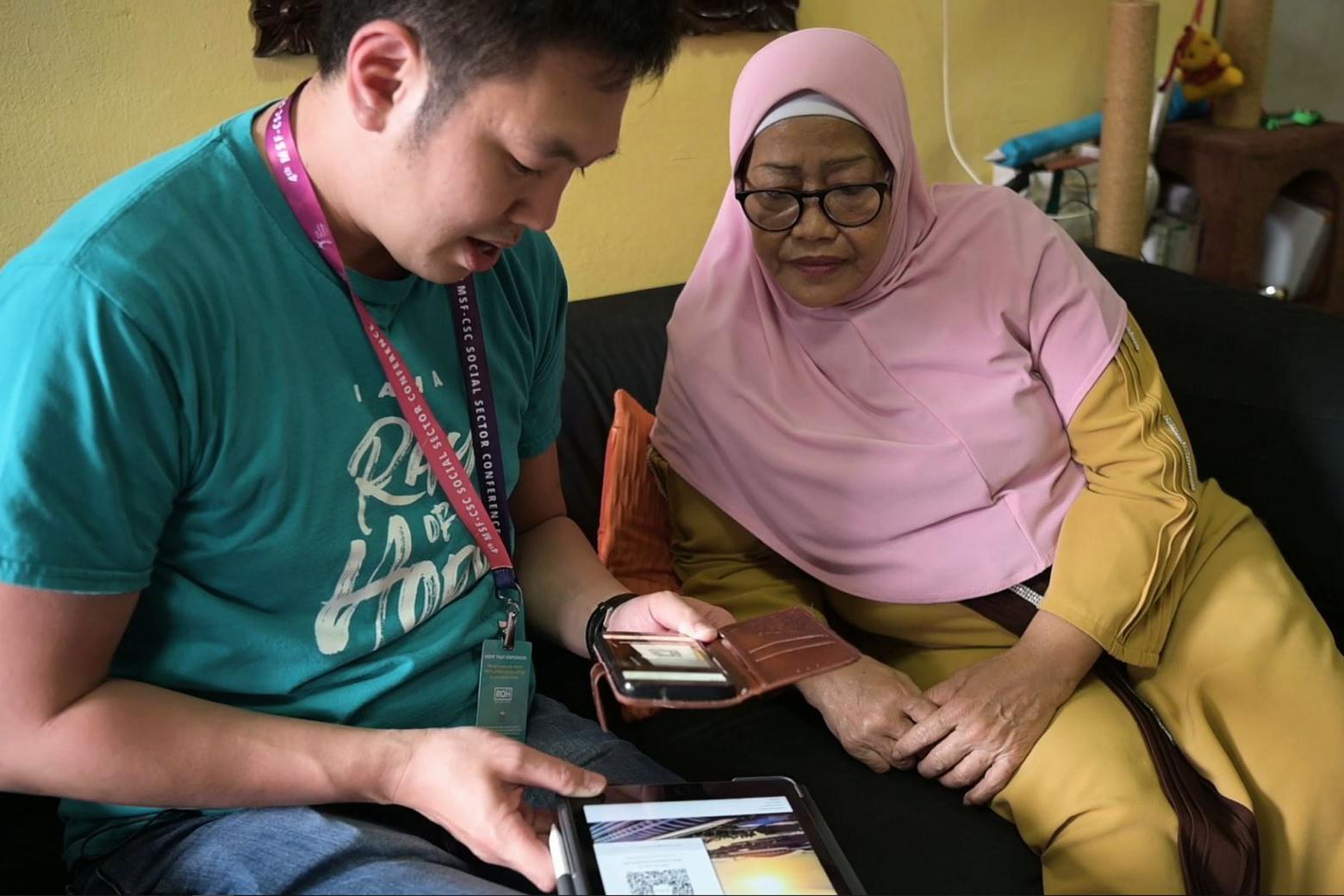What you can use the rebranded Singpass for


SINGAPORE - Using Singpass to sign digital documents is one of the new uses of the national authentication system, which has been spruced up in the past three years to make it a common tool to verify people's identities.
A new Singpass logo - the first redesign in 18 years - was announced last week by the system's developer, the Government Technology Agency. The Singpass website and app were subsequently updated with the new logo from Sunday (March 7).
Singpass is used to access government e-services, like applying for public housing, but it can now also be used for many private sector organisations' services.
Here are some of Singpass' features.

- Launched in November last year, this allows users to sign documents digitally using the Singpass app by scanning a QR code.
- It means people do not need to be physically present to sign documents and agreements.
- The digital signature is encrypted and a person's identity is validated against the Government's database at the point of signing.
- Real estate agency ERA Singapore uses the feature for tenancy agreements to be signed digitally to help its agents save time.

- Available first in April last year for government agencies, the feature lets people access online services on computer or mobile Web browsers using a face scan.
- The scan is compared against the Government's biometric database.
- It also allows people who do not have mobile phones to use online services such as at physical kiosks.
- It is being tested for logging into government online services at kiosks such as at the Central Provident Fund Board's service centres.
- DBS Bank uses the feature to let small- and medium-sized enterprise owners set up a corporate DBS account online through face scanning.

- Announced in 2019, this allows people to confirm their identities in person and secure the transfer of their personal information.
- It involves scanning a QR code, like at an event registration counter, and agreeing to have their basic personal details used.
- People do not need to show or hand over their identity documents, which can help reduce paperwork.
- Verify is being used at SingHealth polyclinics to register new patients, and the GivePls platform to register donors.
- This feature, first available in 2019, sends users relevant and timely notifications from public agencies to their Singpass app inbox.
- Examples include NRIC re-registration and passport renewal notifications.
- Transactional notifications such as MediSave deductions and payment reminders will be ready this year.

- This feature, made available in 2016, lets people auto-fill digital forms with their personal data from government sources.
- This can be used for online transactions.
- Almost 600 digital services from public agencies and businesses use Myinfo.
- It has helped cut application time for people by up to 80 per cent on average.
- Major banks using Myinfo include DBS Bank, OCBC Bank and UOB.
- In the charity sector, crowdfunding platform Ray of Hope uses Myinfo to verify the identities of beneficiaries.
ALSO READ: SingPass users can now verify identity by scanning their faces
This article was first published in The Straits Times. Permission required for reproduction.